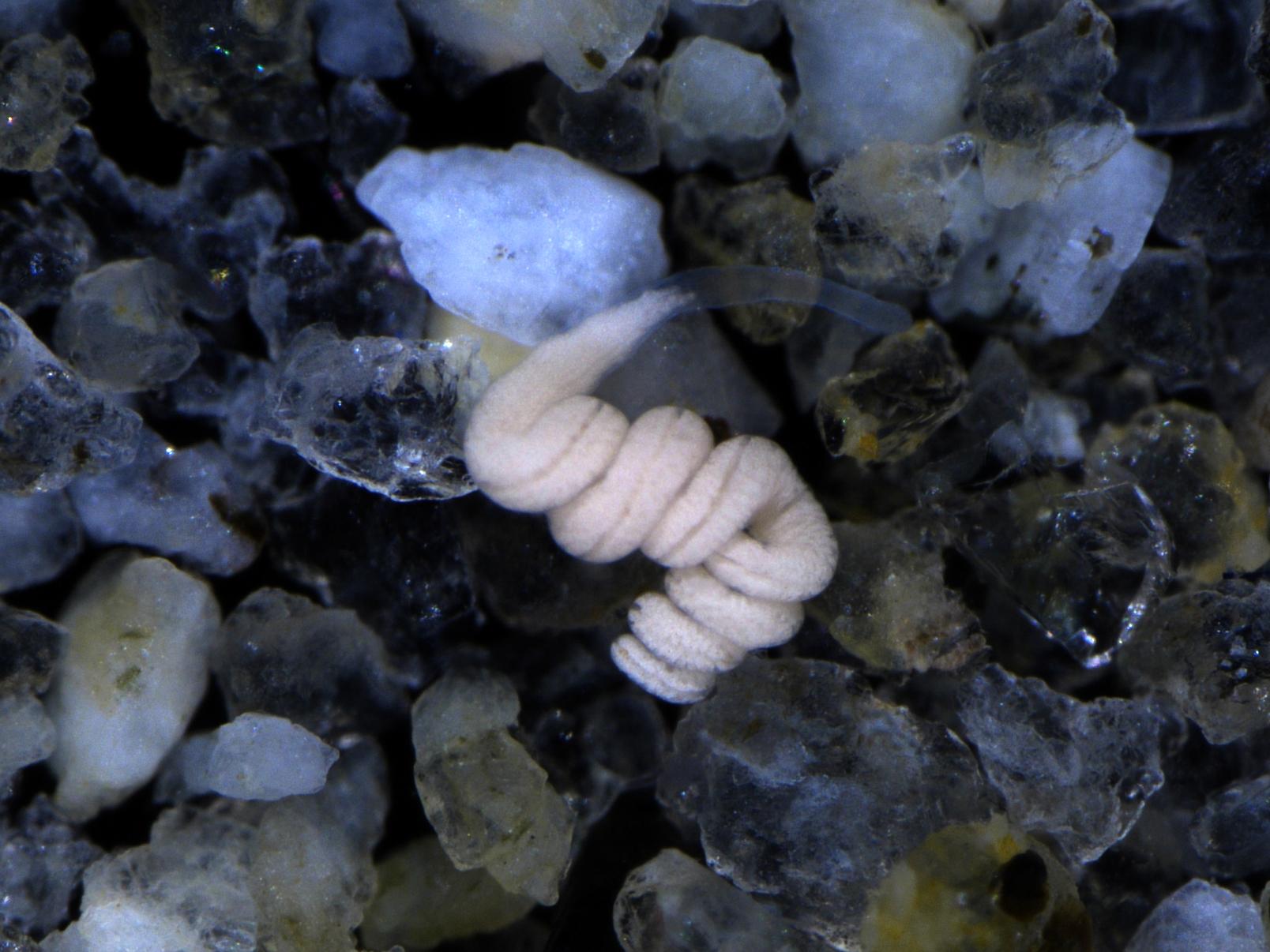Mystery of how animals with no mouths or guts stay alive revealed
Paracatenula worms have bacteria living inside them and providing everything they need to survive

The mystery of how tiny worms with no mouths or guts are able to thrive and keep themselves sustained, has been solved by scientists.
Known as Paracatenula, the creatures which thrive in warm ocean waters around the world are well-fed against the odds.
Their secret lies in the bacteria that live inside their bodies, providing them with a regular supply of chemical nutrients.
Experts think this relationship has existed for at least 500 million years and over this time the worm has lost the need to feed.
At the same time, the bacteria – known as a symbiont – has shed unnecessary material from its genome so that it only retains the DNA for essential functions.
In a new study, a research team led by Germany's Max Planck Institute for Marine Microbiology, has examined these creatures in unprecedented depth to understand their partnership.
Publishing their findings in the journal Proceedings of the National Academy of Sciences, they said despite their stripped-down genes, the bacteria are able to provide the full provision of fats, proteins, sugars and everything else the worms need to survive.
“We have not seen anything like this in any other symbiosis – that, despite such a reduced genome, a single bacterium can produce so many different substances and make them available to its host,” said lead author Dr Harald Gruber-Vodicka.
The bacteria are able to use CO2 to produce a range of compounds, using energy extracted from hydrogen sulphide found in the sediments.
In most partnerships that form between creatures like this, the host organism digests the bacteria living inside it to extract the useful materials.
However, the Paracatenula worms and their bacteria have come to a more balanced arrangement, with the microbes serving up the food in manageable droplets.
“It’s a bit like a fruit garden,” said Dr Gruber-Vodick. “The bacteria continuously bear fruit, which the worm reaps. In other symbioses it’s more like harvesting a cornfield, their bacteria are completely mowed down, the worm digests most of the bacterial cells. "This emphasises how imaging analyses can be key for in-depth understanding of the physiology of bacteria-animal interactions.”
Join our commenting forum
Join thought-provoking conversations, follow other Independent readers and see their replies
Comments